
Cosmic radiation poses a significant challenge to space exploration and technology. As we push further into the cosmos, finding effective ways to shield against this invisible threat becomes crucial. Here are nine innovative strategies that could potentially safeguard both astronauts and spacecraft from the harmful effects of cosmic rays.
1. Utilize Advanced Shielding Materials
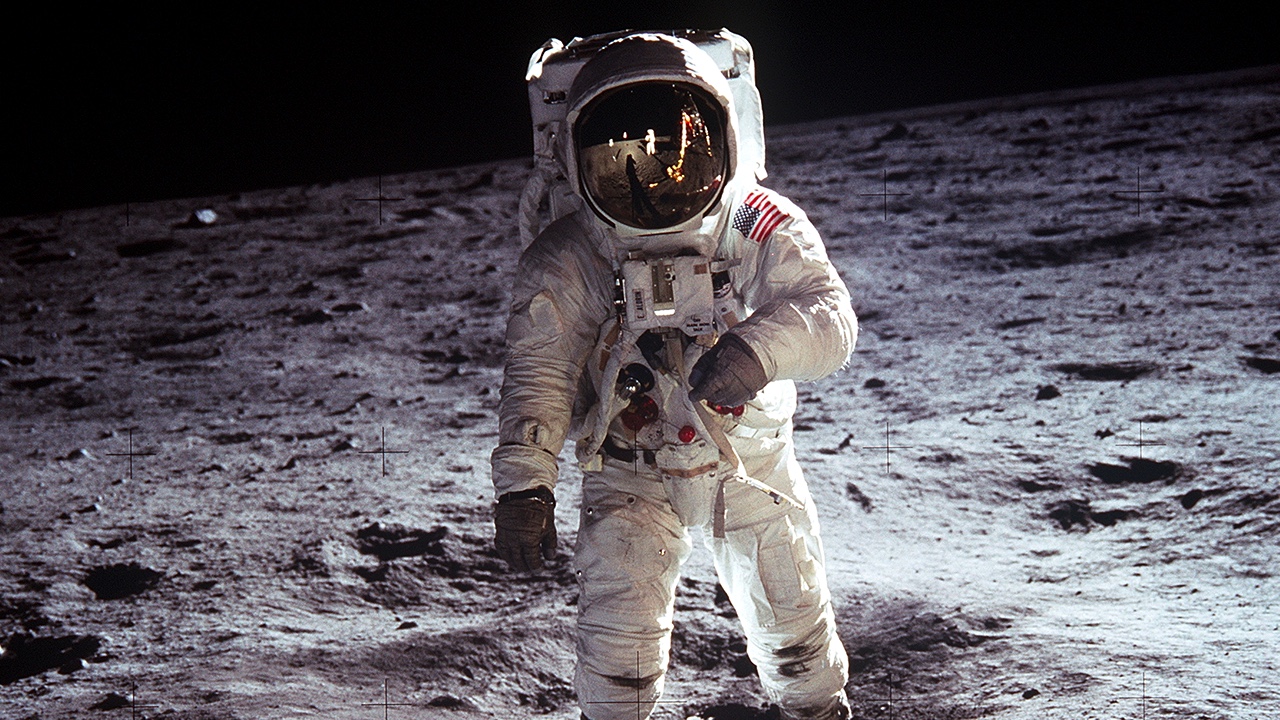
Using advanced materials specifically designed for radiation protection is a cornerstone of cosmic radiation shielding. Materials such as hydrogen-rich plastics and certain metal alloys can significantly reduce exposure. According to a Quora discussion, materials like polyethylene are favored for their ability to obstruct radiation while being light enough for space travel. Researchers continue to innovate, exploring nanotechnology to develop even more efficient shielding options.
For instance, research at NASA is focusing on a composite of hydrogenated boron nitride nanotubes, which shows promise due to its lightweight and highly effective radiation absorption properties. These materials are not only vital for spacecraft but potentially for habitats on the Moon or Mars.
2. Implement Magnetic Fields

Harnessing magnetic fields to deflect cosmic radiation is a concept being actively explored. By creating a magnetic field around a spacecraft, charged particles can be diverted away, reducing radiation exposure. This approach mimics Earth’s natural geomagnetic shield. A study published in RevModPhys discusses potential applications of magnetic shielding in outer space, highlighting its feasibility and effectiveness.
While the technology is still in the experimental phase, small-scale tests have shown promise. The main challenge remains generating a strong enough magnetic field without consuming excessive energy, but advancements in superconducting materials may offer a solution.
3. Design Protective Spacecraft Architecture
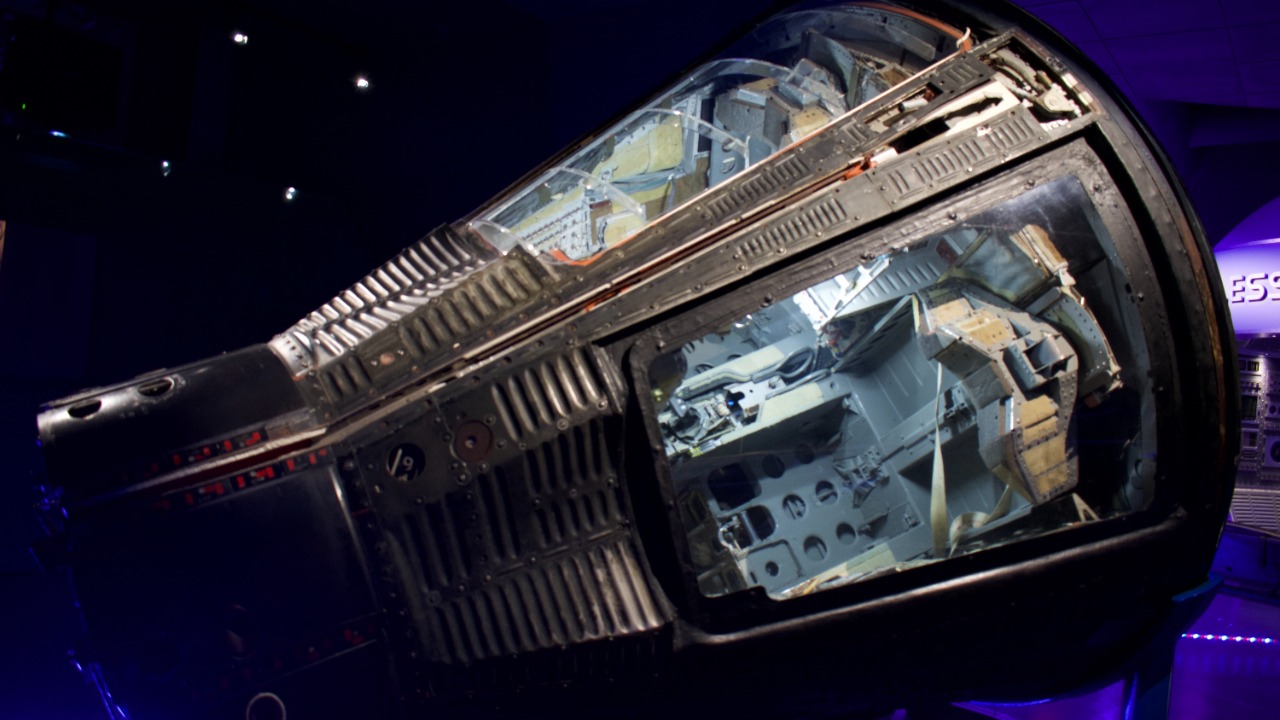
Spacecraft design plays a critical role in mitigating cosmic radiation exposure. Innovative architectural designs can incorporate shielding materials into the structure itself, providing a first line of defense. Multi-functional designs that integrate living and working spaces with protection in mind are under development.
For example, NASA’s Orion spacecraft utilizes a layered shielding design that includes a water shield in its walls to protect astronauts during deep-space missions. This approach minimizes weight while maximizing protection, a crucial balance in space travel.
4. Optimize Spacecraft Orientation
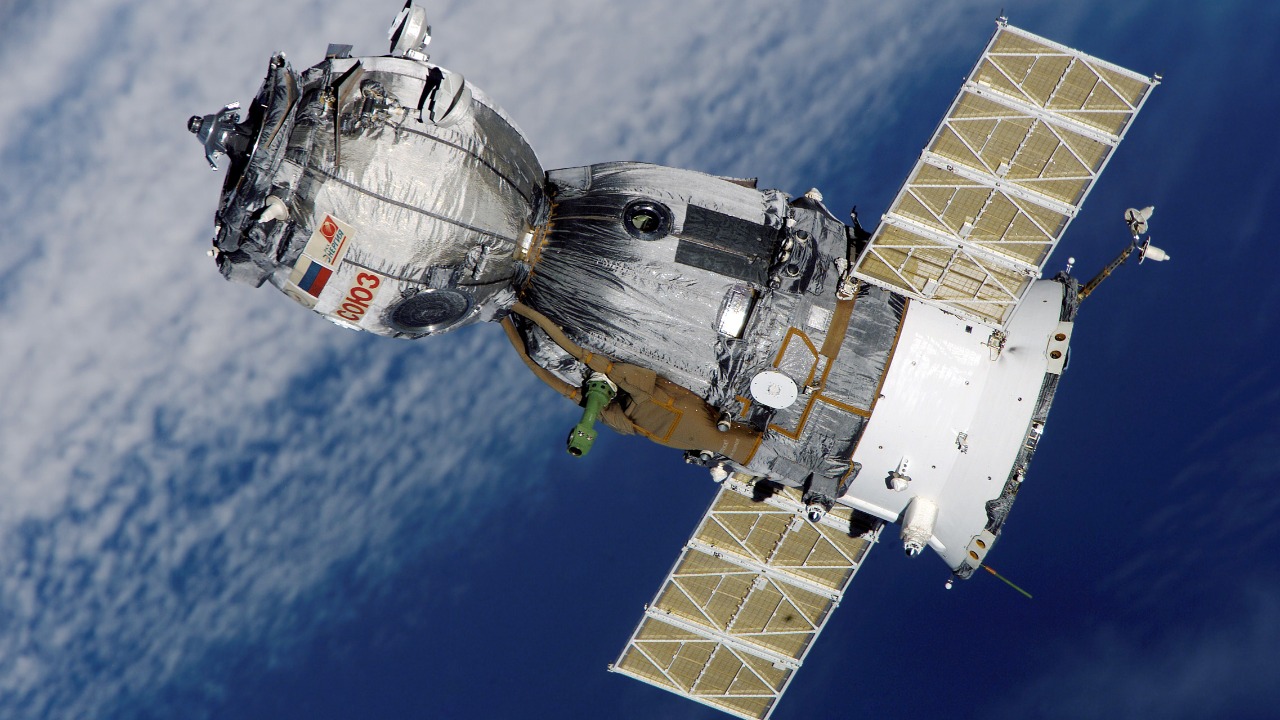
Optimizing the orientation of spacecraft during flight can also reduce radiation exposure. By aligning the spacecraft to minimize exposure to direct cosmic rays, the risk can be significantly lowered. This involves calculating the most favorable trajectories and positions relative to the sun and other cosmic ray sources.
Such strategic orientation is often used in conjunction with other shielding methods to enhance overall protection. The key is to leverage real-time data and sophisticated models to adjust the spacecraft’s path dynamically, ensuring minimal exposure throughout the mission.
5. Develop Personal Protective Gear

Personal protective gear for astronauts is another layer of defense against cosmic radiation. Future spacesuits might integrate radiation-absorbing materials and active systems to reduce exposure. Such suits could be essential for missions to Mars or other distant destinations.
Current research is exploring modular designs that allow astronauts to tailor their suits based on specific mission needs. By embedding sensors and shielding materials directly into the suits, astronauts could gain real-time alerts and protection from radiation hotspots.
6. Utilize Water as a Natural Barrier
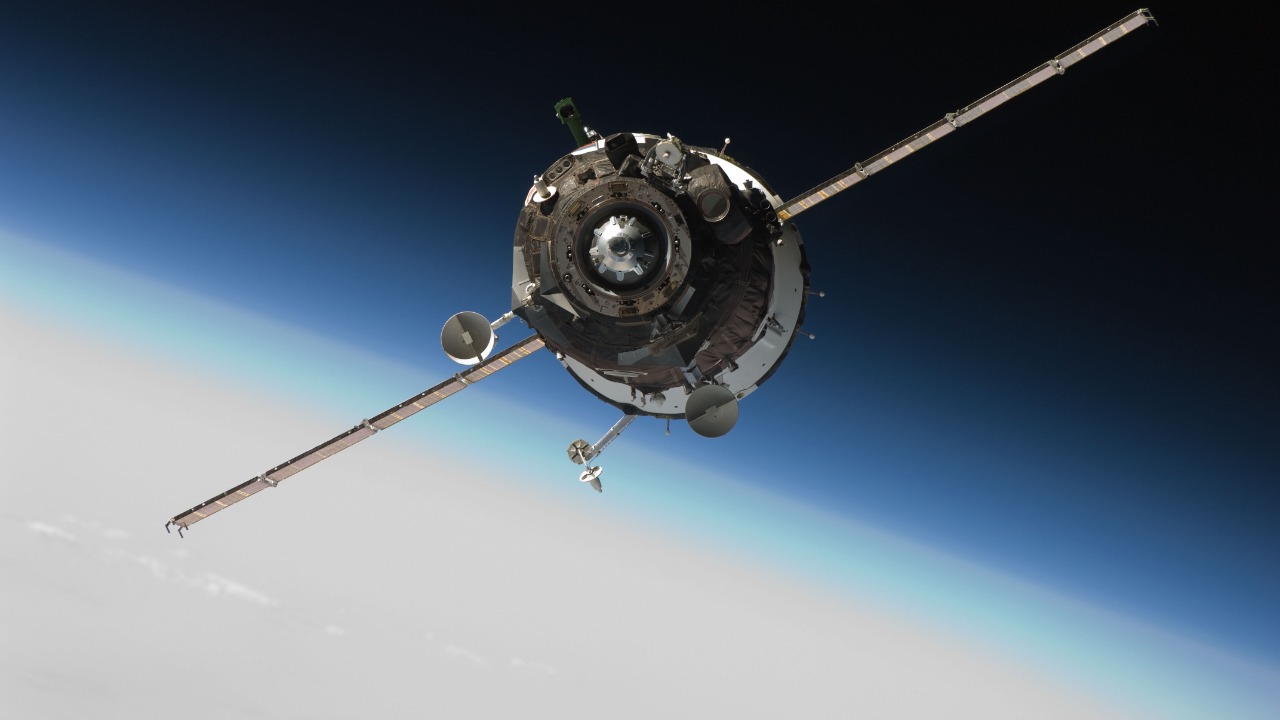
Water is an effective natural barrier against cosmic radiation due to its hydrogen content. It can be used creatively within spacecraft and habitats to provide substantial radiation protection. In some designs, water tanks are strategically placed around living quarters to act as shields.
NASA’s TransHab concept, for instance, proposed using water-filled walls to protect astronauts. This dual-purpose use of water for both life support and radiation shielding underscores its value in long-term space missions.
7. Employ Multi-layered Shielding Techniques
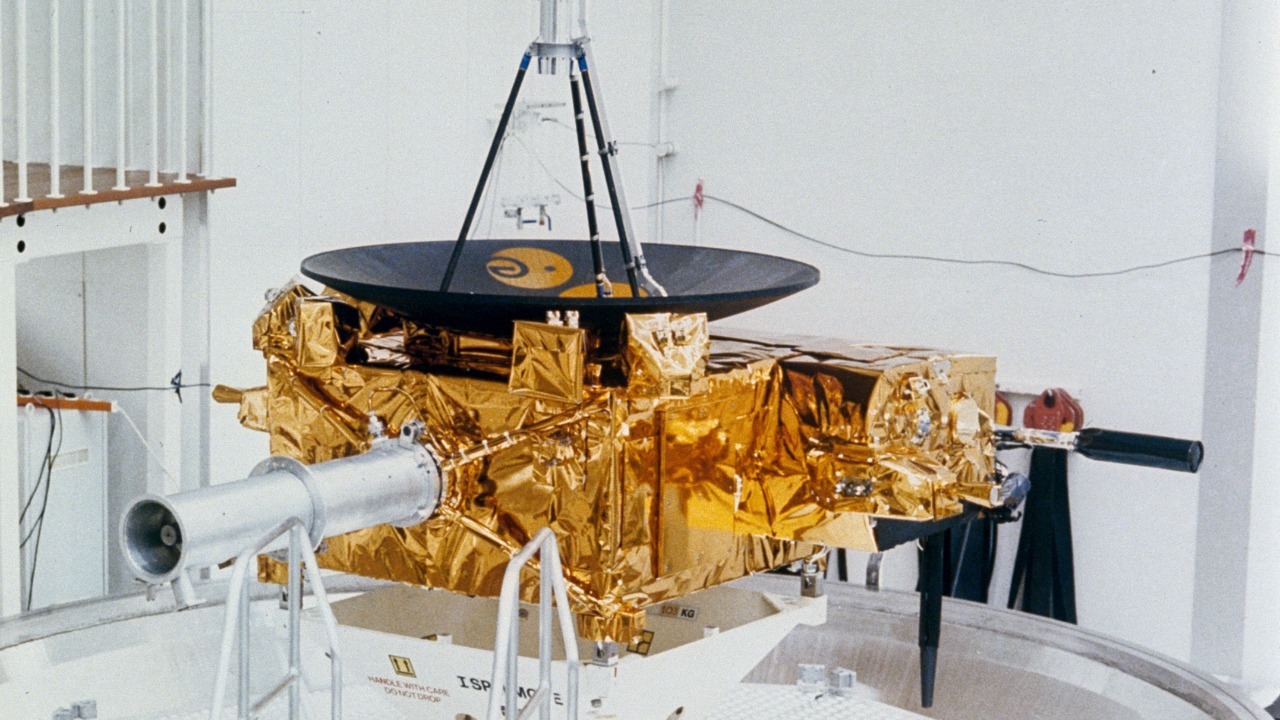
Multi-layered shielding techniques combine different materials and methods to enhance protection against cosmic radiation. By stacking layers of varying composition, spacecraft can achieve a more comprehensive defense that capitalizes on the strengths of each material.
This approach is akin to how modern body armor is designed, using a combination of hard and soft materials to block and absorb different types of impacts. In space, such techniques can be tailored to specific mission profiles, providing a versatile and robust shield.
8. Leverage Biological Countermeasures

Biological countermeasures offer a promising avenue for reducing the impact of cosmic radiation on human health. Certain microorganisms, like Deinococcus radiodurans, have evolved to withstand extreme radiation levels, providing insights into potential human applications.
Genetic research is ongoing to understand how these organisms repair radiation-induced damage and whether similar mechanisms can be adapted for human use. Such biological strategies could complement physical shielding, offering a holistic approach to radiation protection.
9. Schedule Space Missions Strategically
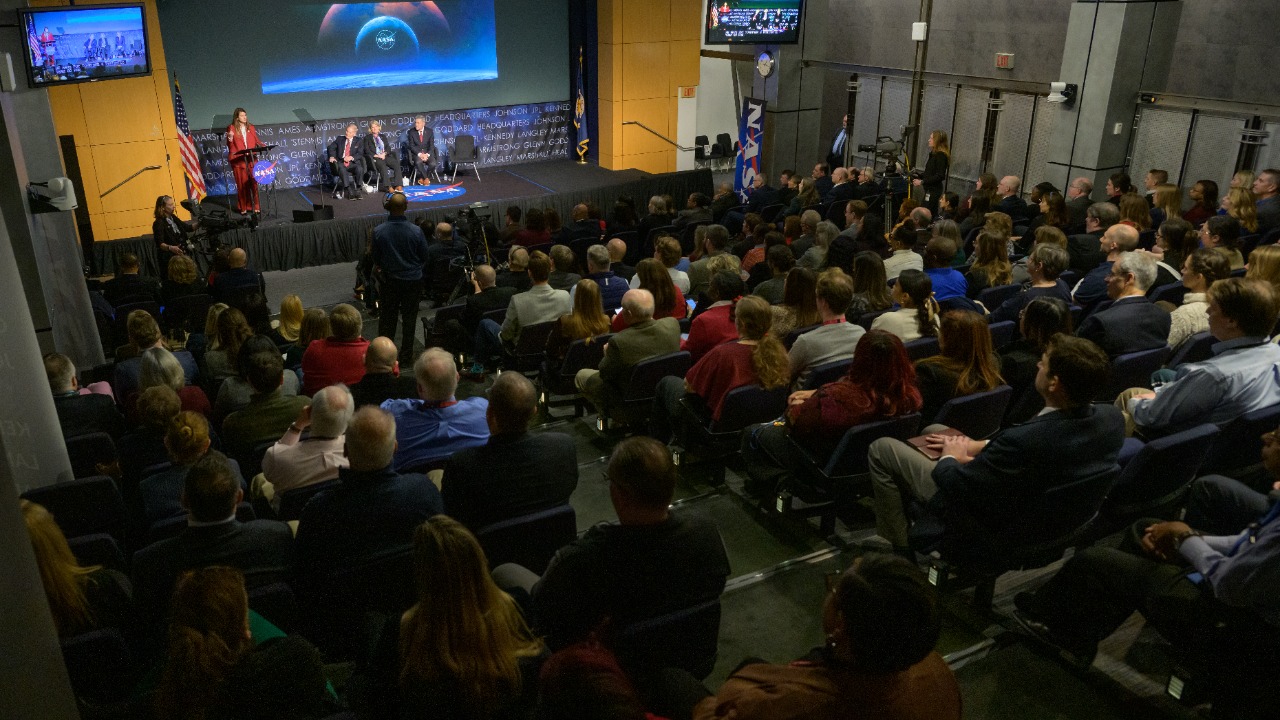
Strategic scheduling of space missions can also play a crucial role in minimizing radiation exposure. By planning missions during periods of low solar activity, such as solar minimum, the risk from cosmic rays can be reduced significantly. This approach requires careful monitoring of solar cycles and radiation levels.
Organizations like NASA and private space companies are increasingly considering radiation forecasts when planning missions. By aligning mission timelines with periods of lower radiation risk, they can enhance the safety of astronauts and the longevity of space-bound technology, as discussed in Space News.